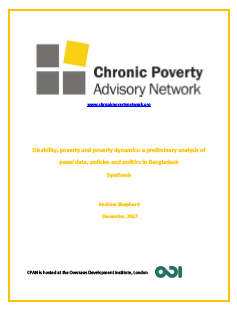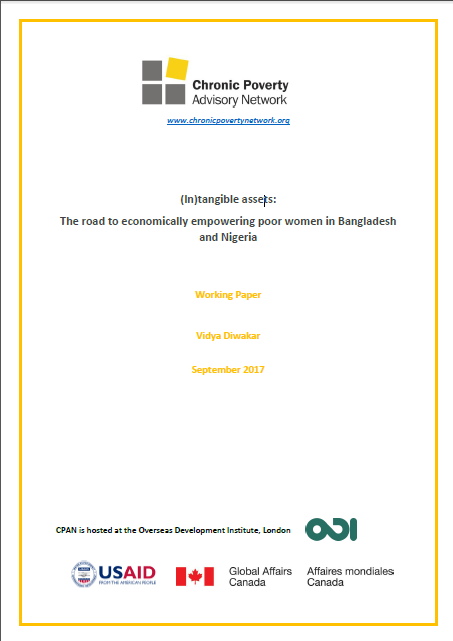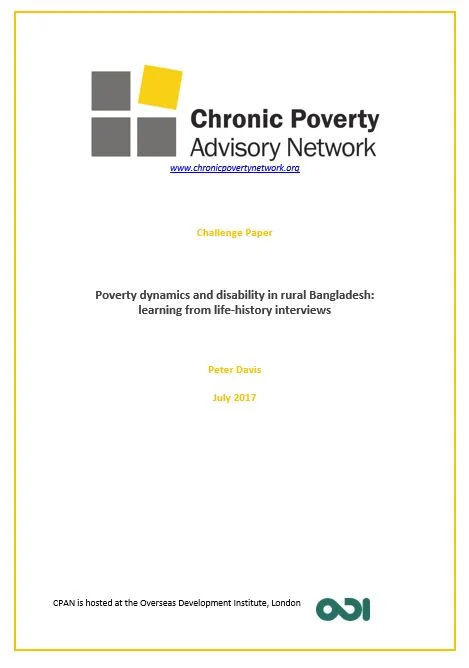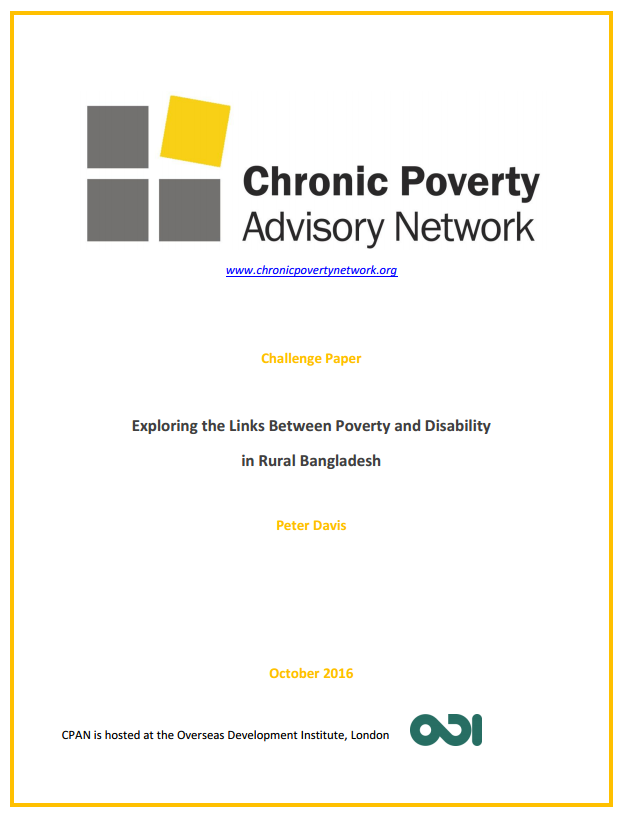Bangladesh has experienced substantial reductions in both extreme poverty and poverty. The proportion of the population living below the national extreme poverty line has reduced from 50 percent in 1991 to 18 percent in 2010 while the poverty headcount ratio, using the national poverty line, has reduced from 60 percent to 32 percent over the same period. Economic growth, increased non-farm employment (particularly in the ready-made garment industry), international migration, and investments to improve human development outcomes have all contributed strongly to this success. However, some households escape poverty only to live at a level just above the poverty line: 19 percent of the population lives out of poverty, but has a level of consumption less than 1.25 times the national poverty line. They therefore remain vulnerable to slipping into poverty in the event of a shock or stressor, such as an episode of ill-health or a flood.
The specific focus of this report is on “transitory poverty escapes”: a term referring to households that successfully escape from poverty only to return to living in it once again i.e. they become re-impoverished. Analysis of the Chronic Poverty and Long-Term Impact Study for this case study reveals that transitory poverty escapes are a significant phenomenon in rural Bangladesh. In particular, between 1997/2000 and 2010, 10 percent of all households experienced a transitory poverty escape. Of those households that escaped poverty between 1997/2000 and 2006, around 20 percent were again living in poverty by 2010.
This report combines analysis from three rounds of the Chronic Poverty and Long-Term Impact Study with qualitative research approaches; in particular: key informant interviews, life histories, and participatory wealth ranking to further investigate the drivers of transitory poverty escapes or of re-impoverishment. Specifically, it examines why some households are able to escape poverty and remain out of it—that is, they experience sustained escapes from poverty—while others escape poverty only to return to living in it again. The report investigates the resources (land, livestock, and value of assets), attributes (household composition and education level), and activities (including jobs and engagement in non-farm activities) of households that enable them to escape poverty sustainably and minimize the likelihood of returning to living in poverty again.
Download the report on Bangladesh
This project also includes case studies on Uganda and Ethiopia
Authors: Lucy Scott and Vidya Diwakar
The report has been produced in the framework of the project Investigating the dynamics and drivers of transitory poverty escapes










